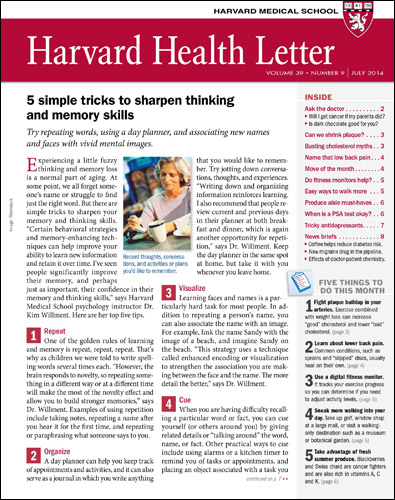Stopping nosebleeds: a pinch will usually do the trick

ARCHIVED CONTENT: As a service to our readers, Harvard Health Publishing provides access to our library of archived content. Please note the date each article was posted or last reviewed. No content on this site, regardless of date, should ever be used as a substitute for direct medical advice from your doctor or other qualified clinician.
One of my sons has the occasional nosebleed. It’s often at night. Sometimes I hear a mad dash of footsteps headed to the bathroom. Other times there’s a trail of blood droplets on the hallway floor.
Fortunately, his nosebleeds (the medical term is epistaxis) stop quickly, as they do for most people. Some, though, need medical attention. But even for stopping nosebleeds that are more serious in nature, conservative options, like packing the nose with gauze, work just as well as more invasive efforts, have negative fewer side effects, and cost less.
More invasive options include using electricity or heat to burn a bleeding blood vessel, surgery to tie off the bleeding blood vessel, or injecting a plug of material into the artery to block its flow. The injection process is called embolization. It can cause harmful side effects, like nerve damage or stroke, and requires expensive imaging.
Although packing the nose with gauze may seem low-tech, and take a while, it’s usually the best place to start stopping nosebleeds.
Try this at home for stopping nosebleeds
Most nosebleeds occur when a blood vessel in the nose’s soft cartilage leaks. These are called anterior nosebleeds. Posterior nosebleeds come from blood vessels higher up in the nose.
It makes sense to treat every nosebleed as if it is an anterior one, and to try to stop it at home. You will be right 94% of the time, says Dr. Mary Pickett, an instructor in medicine at Harvard Medical School.
A good, strong pinch in the right place will often do the trick. Here’s what Dr. Pickett recommends for stopping nosebleeds. (I also asked my colleague, Dr. Howard LeWine, to demonstrate the technique. See the video below.)
- Nod your head forward. This prevents the flow of blood from going down the back of your throat.
- Place your thumb on one side of your nose and your forefinger on the other side, up near the bridge. Slowly slide them down to the sudden “drop off” where the bones give way to cartilage.
- Pinch your thumb and forefinger together, and hold. The pinch should be far enough back on the sides of your nose that you can easily wiggle your nose with those pinching fingers.
- Pinch with enough pressure to press both sides of your nose firmly against the septum—the cartilage in the middle of your nose. The tissue on either side of the nose puts pressure on the bleeding blood vessel, which is usually on the septum.
- If the bleeding slows or stops, you are pinching in the right place. If not, start over, and pinch lower or higher,
- Hold the pinch for a minimum of five minutes before you release. You may need to repeat this again for another five-minute session.
About the Author

Patrick J. Skerrett, Former Executive Editor, Harvard Health Publishing
Disclaimer:
As a service to our readers, Harvard Health Publishing provides access to our library of archived content. Please note the date of last review or update on all articles.
No content on this site, regardless of date, should ever be used as a substitute for direct medical advice from your doctor or other qualified clinician.













